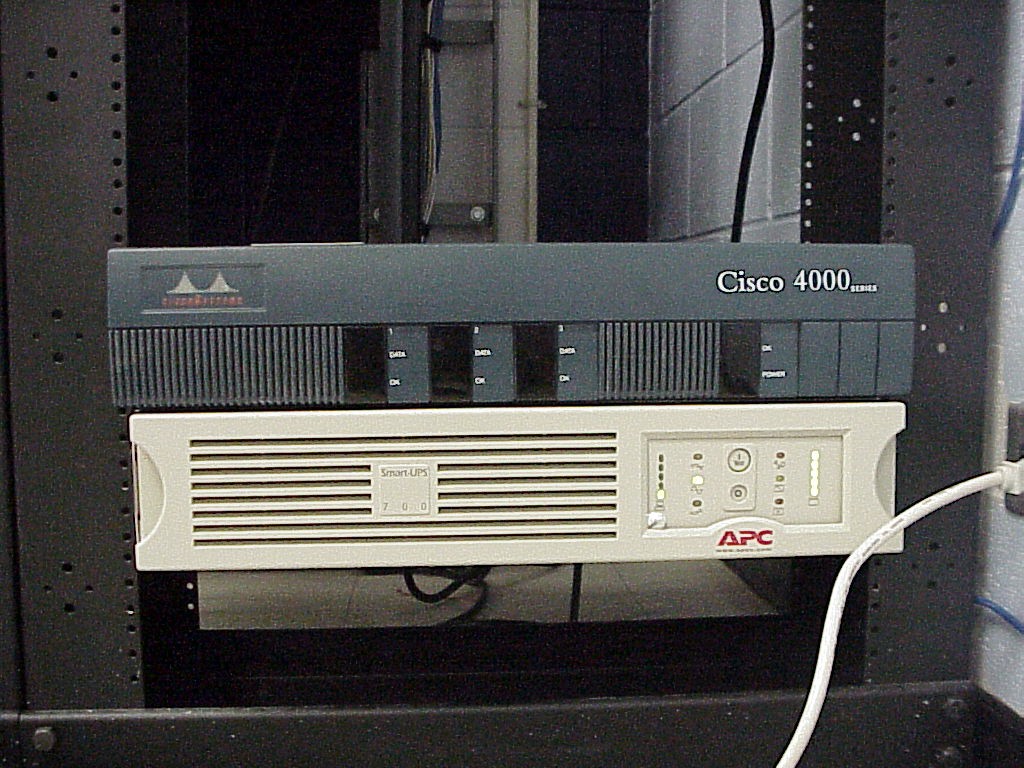 |
The Cisco 4000-M router is the final router we'll be looking at. This router is meant for large, corporate networks. As such, the router offers numerous connection configurations, namely 3 2-port 10BaseT ethernet, 3 1-port token-ring, 3 2-port token ring, 1 1-port single attachment multimode FDDI, 1 1-port dual attachment multimode FDDI, 1 1-port dual attachment single-mode FDDI, 3 2-port serial, 3 4-port serial, 2 4-port ISDN BRI, 1 8-port ISDN BRI, 1 1-port channelized T1/ISDN PRI, 1 1-port channelized E1/ISDN PRI (unbalanced), 3 4-port serial R1/G.703 and E1/G.704 (unbalanced) and 3 4-port serial E1/G.703 and E1/G.704 (balanced). This incredible breadth of capability is available because it sports 3 expansion slots which can handle combinations of the above configurations. Obviously its capabalities far outweigh either the 800 series or even the 2500 series of routers. By using these 3 slots in various combinations, the Cisco 2520 router would be able to satisfy very large-scale routing needs. |


